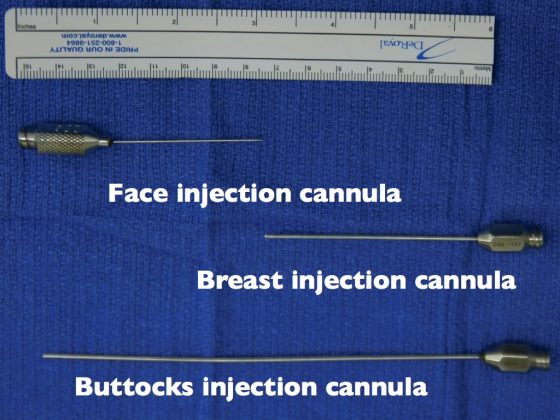Although I have addressed this subject in the past, the question pops up so often means people are still confused about how fat grafts work. The question so often asked is “How long do fat grafts last?”.
The short answer is that when fat grafts are done with proper technique, they are permanent. This is not opinion, this is fact.
There is sufficient experimental and clinical data to to say what the proper technique is for doing fat grafts. Do not accept the word of a doctor that tells you fat grafts are temporary, or that you will need touch ups. The facts are otherwise.
Successful fat grafting depends on 4 things
- Collecting the fat in a way that will keep most fat cells alive.
- Processing the fat in a way that gets rid of unnecessary elements, such as dead cells or excess fluids.
- Injecting the cells in a way that will optimize fat graft survival.
- Protecting the cells after they have been injected.
Collecting the fat has to be done in a way that does not harm or kill the fat cells. The fat cells are extracted by placing a hollow tube (cannula) with a hole near its tip into your fat tissues. You then apply suction thru the cannula so fat cells are sucked thru the cannula into your receptacle. Experimental evidence is clear that in order not to damage cells, suction pressure should be less than 20 mmHg. Cells are gentle organisms and the suction exerted by most liposuction machines can damage cells. By using a syringe liposuction technique, where suction is applied just by drawing back on the plunger of a syringe, high suction pressure is avoided.
Processing the fat is another key point. The key is to separate out good live cells from all other components of the extracted sample. Some surgeons rinse the fat. This does not get rid of dead cells. Rinsing the fat also does not get rid of the rinsing fluid itself! Any graft cell takes best when there is a minimum of excess fluid around it. Some other plastic surgeon put the cells thru a strainer. This does not get rid of most of the fluid nor debris, nor dead cells. The worst (!) is when they put the cells on some gauze or fabric to act as a strainer. The fat can then pick up lint that acts as an irritant. Again, experimental and clinical evidence has shown that the best method to purify the fat cells is centrifugation. Centrifugation, where fat cells are spun at high speeds separates the cells from fluids, debris, and dead or weak fat cells. There are well defined parameters for speed and timing of centrifugation. Centrifugation also has the benefit of increasing the proportion of stem cells in your injectable fraction.

Injection technique is important. Cells should be injected under low pressure, so as not to injure them. They should also be injected in very small droplets so the surrounding tissues can get the blood supply quickly into all the injected fat. When you inject fat in large clumps only the fat cells on the outside of the clump get blood supply on time. The rest of the cells inside the large clump starve of blood supply and die. When they die they release their contents, which in turn causes an inflammatory reaction in the tissues.This inflammatory reaction can interfere with the blood supply of the cells which had taken, and cause scarring. Injecting in small droplets is slow and tedious, but necessary to ensure graft survival.
Protecting the cells after they have been injected is the last step in ensuring graft survival. The key is to prevent swelling and trauma to the area. In the body, I use compression garments and give instructions to the patient not put pressure or lay on the area where we grafted. The area is protected for three weeks. Three weeks is important not just because of the time needed for the graft to take, but for the supporting tissue scaffold to mature. In the face, I advise patients to sleep with the head of the bed elevated to prevent swelling, and to sleep on their back so as to avoid trauma from awkward sleeping positions. Finally, I prescribe a short course of steroids, as it cuts down on local swelling and acts as an anti inflammatory.
All the problems encountered by different practitioners, such as infections, fluid collections (seromas), scarring, disappearance of graft. etc., can all be traced to technical deviations to the steps described above. There are many who say fat grafts are temporary or they don’t last. Don’t take their word, there is plenty of accumulated laboratory and clinical data to refute them.



